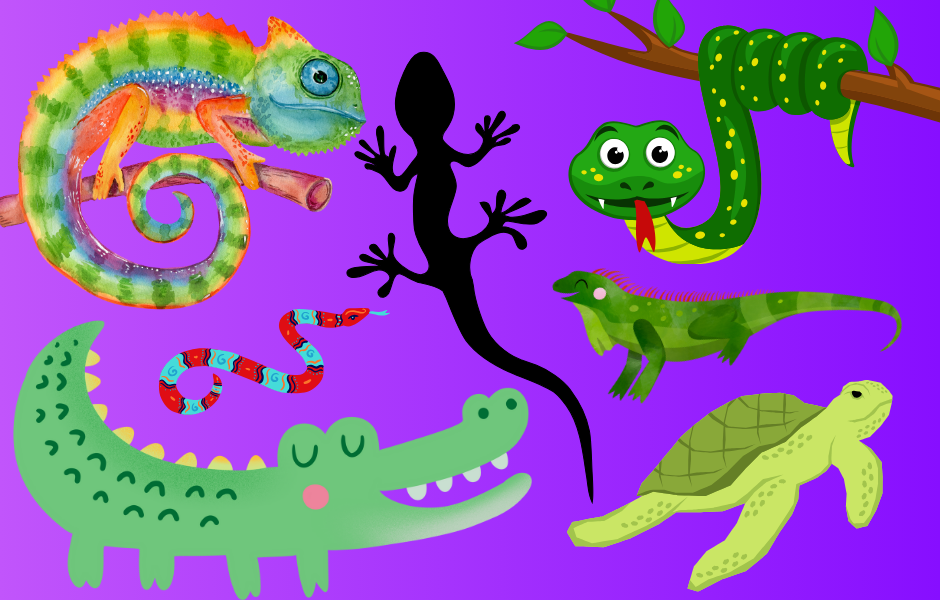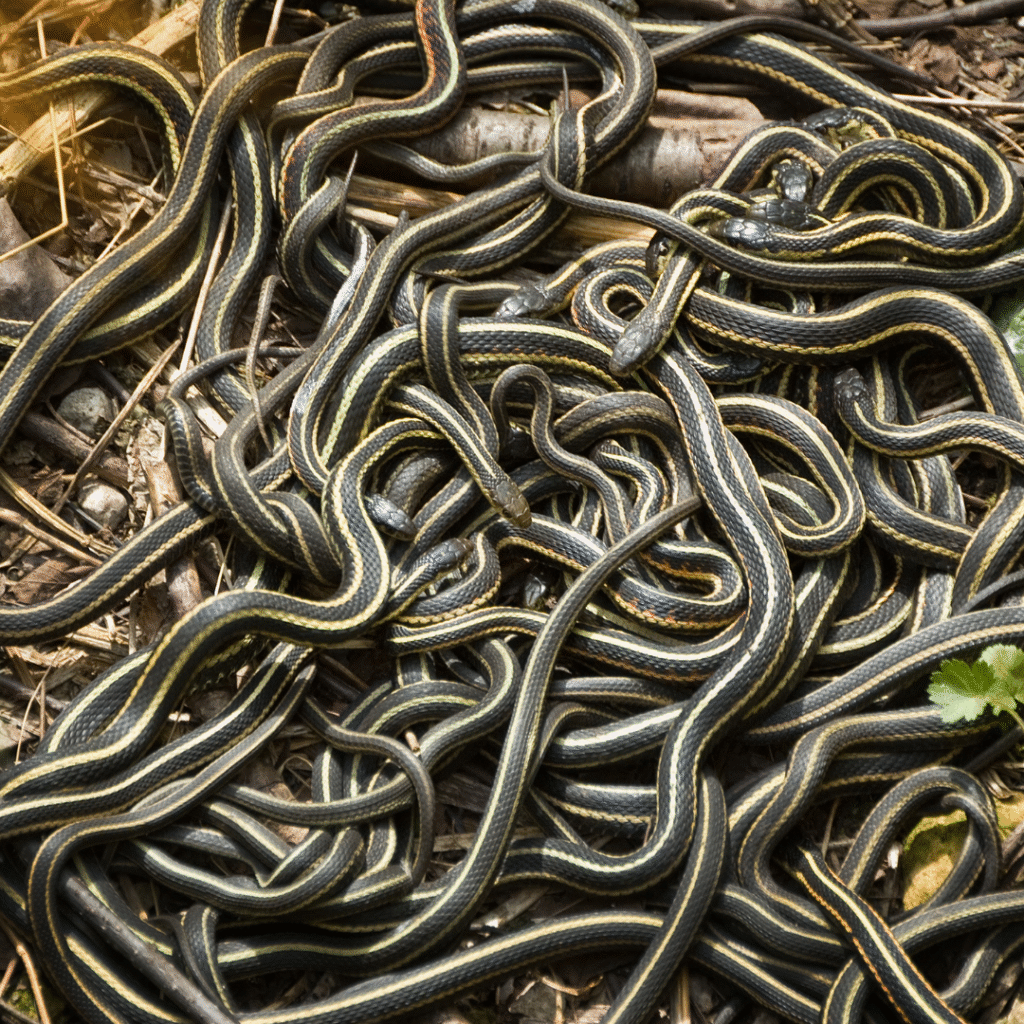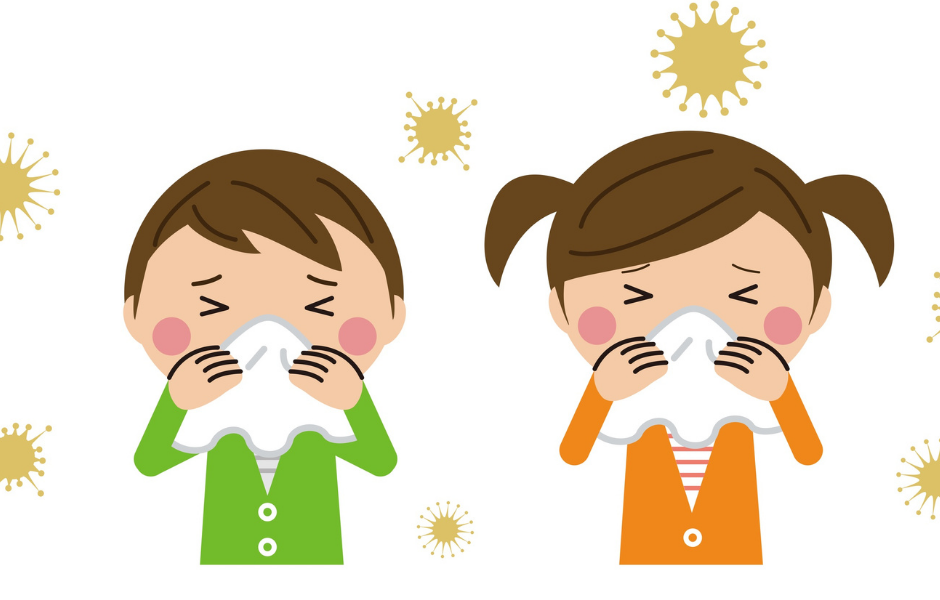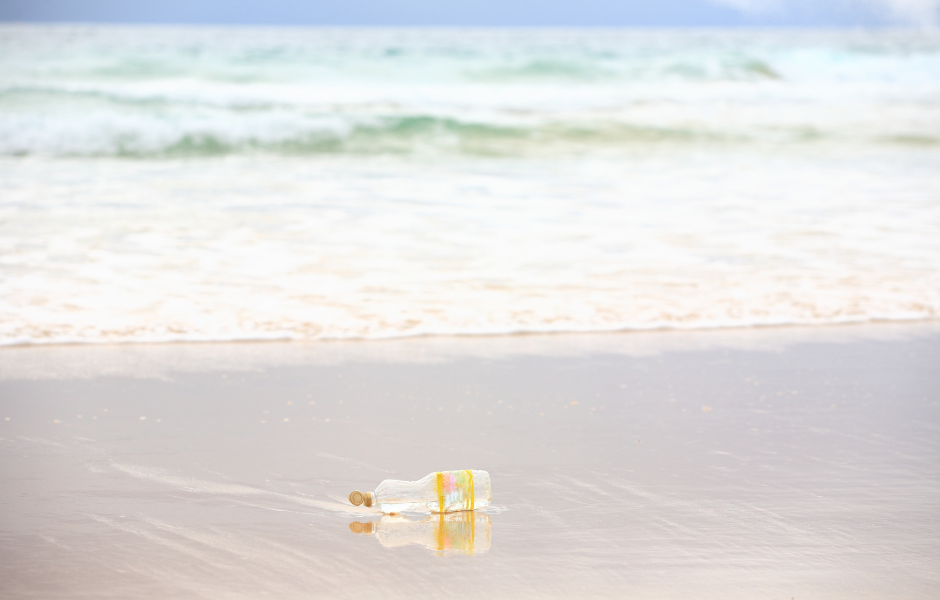
This children’s article, What makes a reptile a reptile?, has been written for native English speakers and learners of English as a second or foreign language. It can help children build vocabulary, learn about animal groups, and discover some amazing facts about reptiles. Written by Mark Pulley, a teacher and writer who creates fun and informative news articles for English learners.
What makes a reptile a reptile?
Reptiles are some of the oldest animals on Earth. Dinosaurs were reptiles. Nowadays, the most common ones are crocodiles, snakes, lizards, and turtles. But what makes a reptile different from a mammal, a bird, or a fish? Let’s take a closer look at this scaly, cold-blooded group of creatures.
Scales, eggs, and cold blood
Reptiles are vertebrates, which means they have backbones. They’re also cold-blooded, so their body temperature depends on the environment around them. That’s why they love basking in the sun!
All reptiles have dry, scaly skin that helps keep moisture in. Most lay eggs, but a few (like some snakes) give birth to live young. Reptile eggs usually have leathery shells rather than hard ones like birds.
Where do reptiles live?
Reptiles can be found almost everywhere on Earth, in deserts, forests, grasslands, swamps, and even oceans. They prefer warm places because they rely on heat from the sun to give them energy. That’s why you won’t find many reptiles in icy places like Antarctica!
Turtles swim in the sea, snakes slither through jungles, and lizards climb trees. Crocodiles, some of the largest reptiles, live in rivers and lakes.
Reptile relatives and ancient history
Reptiles first appeared over 300 million years ago, long before mammals or birds. Dinosaurs are the most famous reptiles in history. Although they’re now extinct, their closest living relatives are birds.
Modern reptiles have changed a lot since the time of the dinosaurs, but many, like crocodiles, still look quite similar to their ancient ancestors
The future of reptiles
Some reptiles are doing well, but many are in danger. Forests are being cut down, and pollution and climate change are affecting their habitats. Species like sea turtles and many types of snakes are now endangered.
Scientists and nature groups are working to protect reptiles through conservation programmes, rescue centres, and national parks. You can help too, by learning about reptiles, never keeping wild ones as pets, and protecting the environment.

Article vocabulary list
- Vertebrates – Animals with a backbone or spine
- Cold-blooded – Animals whose body temperature changes with the environment
- Scales – Small, hard plates that cover a reptile’s body
- Leathery – Soft and flexible like leather
- Ancestors – Family members from long ago, or earlier versions of a species
- Basking – Lying in the sun to get warm
- Extinct – No longer existing
- Endangered – In danger of disappearing forever
- Conservation – Protecting animals, plants, and the places they live
- Habitat – The natural home of an animal or plant
Comprehension questions
Just click the plus (+) to see the answer
1. What is one thing all reptiles have?
A) Fur
B) Feathers
C) Scales
Answer: C) Scales
2. Why do reptiles bask in the sun?
A) To play with other animals
B) To warm up their cold-blooded bodies
C) To hide from predators
Answer: B) To warm up their cold-blooded bodies
3. Which of these is NOT a reptile?
A) Crocodile
B) Tortoise
C) Penguin
Answer: C) Penguin
4. Where would you be least likely to find reptiles?
A) In a rainforest
B) In the ocean
C) In Antarctica
Answer: C) In Antarctica
5. Why are some reptiles endangered today?
A) They don’t eat enough food
B) Their habitats are being destroyed
C) They are becoming cold-blooded
Answer: B) Their habitats are being destroyed

Mark is a writer and EFL teacher from England with eight years’ experience. He’s passionate about travel, sport (especially football), animals, nature, and history, and enjoys helping children explore the world through language and learning.




